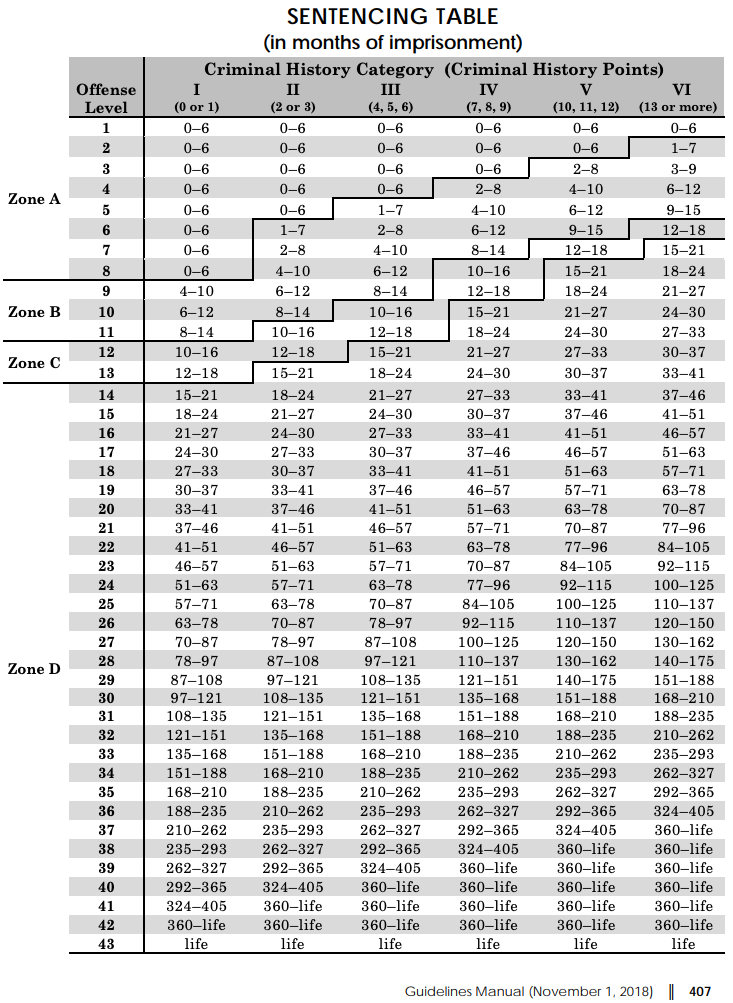 Inmate recreation is a crucial aspect of life behind bars, providing prisoners with the opportunity to stay active, maintain their physical and mental health, and reduce the risk of violence within correctional facilities. While the idea of providing recreation to individuals serving time may seem counterintuitive to some, research has shown that access to physical activity can have a positive impact on rehabilitation and the overall well-being of inmates.
Inmate recreation is a crucial aspect of life behind bars, providing prisoners with the opportunity to stay active, maintain their physical and mental health, and reduce the risk of violence within correctional facilities. While the idea of providing recreation to individuals serving time may seem counterintuitive to some, research has shown that access to physical activity can have a positive impact on rehabilitation and the overall well-being of inmates.
According to the Prison Policy Initiative, physical activity has been shown to reduce stress, anxiety, and depression – all of which are common among incarcerated individuals. It can also improve concentration, cognitive function, and sleep quality, which are essential for successful reentry into society. Additionally, exercise has been proven to reduce the risk of chronic diseases such as heart disease, diabetes, and obesity, which are prevalent among the incarcerated population.
Incarcerated individuals face numerous challenges when it comes to maintaining their physical health. Limited access to nutritious food, adequate medical care, and opportunities for exercise can all contribute to poor health outcomes. In addition, the stress of incarceration can lead to unhealthy coping mechanisms such as drug and alcohol abuse, which can further exacerbate health issues. Providing inmates with opportunities for physical activity can help mitigate these risks and improve their overall well-being.
Recreation programs within correctional facilities vary widely, depending on the size and resources of the institution. Some facilities offer a range of activities, including basketball, weight lifting, yoga, and outdoor recreation, while others may have limited options such as walking or jogging. In recent years, there has been a push to expand recreational opportunities for inmates, with some facilities even partnering with outside organizations to provide additional resources and programming.
One example of a successful recreation program is the California Department of Corrections and Rehabilitation’s (CDCR) Enhanced Outpatient Program (EOP). The program, which is implemented in several facilities across the state, provides inmates with access to a range of recreational activities, including sports, yoga, and fitness classes. Inmates who participate in the program report improved mental health, reduced stress, and increased physical fitness.
In addition to the physical benefits of recreation, inmate programs can also help reduce tensions and violence within correctional facilities. Studies have shown that inmates who participate in recreational activities are less likely to engage in aggressive behavior or acts of violence. By providing inmates with a healthy outlet for their energy and aggression, correctional facilities can create a safer and more peaceful environment for both inmates and staff.
Despite the benefits of recreation programs, there are still challenges to overcome when it comes to inmate access to physical activity. Limited space, equipment, and staffing can all pose obstacles to providing recreational opportunities for inmates. Additionally, some facilities may prioritize security over recreation, leading to a lack of resources and programming for inmates.
To address these challenges, some prisons have implemented innovative solutions such as mobile recreation units, which can be brought into different areas of the facility to provide opportunities for exercise. Others have partnered with local organizations and volunteer groups to provide additional resources and programming for inmates. By working together with community partners, correctional facilities can expand access to recreation and create a more supportive and healthy environment for inmates.
 In conclusion, inmate recreation plays a crucial role in promoting the health and well-being of incarcerated individuals. By providing access to physical activity and recreational programming, correctional facilities can help improve mental health, reduce violence, and promote rehabilitation among inmates. While there are challenges to overcome, the benefits of recreation programs for inmates are clear, and efforts to expand access to physical activity within correctional facilities should be a priority for policymakers and administrators.
In conclusion, inmate recreation plays a crucial role in promoting the health and well-being of incarcerated individuals. By providing access to physical activity and recreational programming, correctional facilities can help improve mental health, reduce violence, and promote rehabilitation among inmates. While there are challenges to overcome, the benefits of recreation programs for inmates are clear, and efforts to expand access to physical activity within correctional facilities should be a priority for policymakers and administrators.




